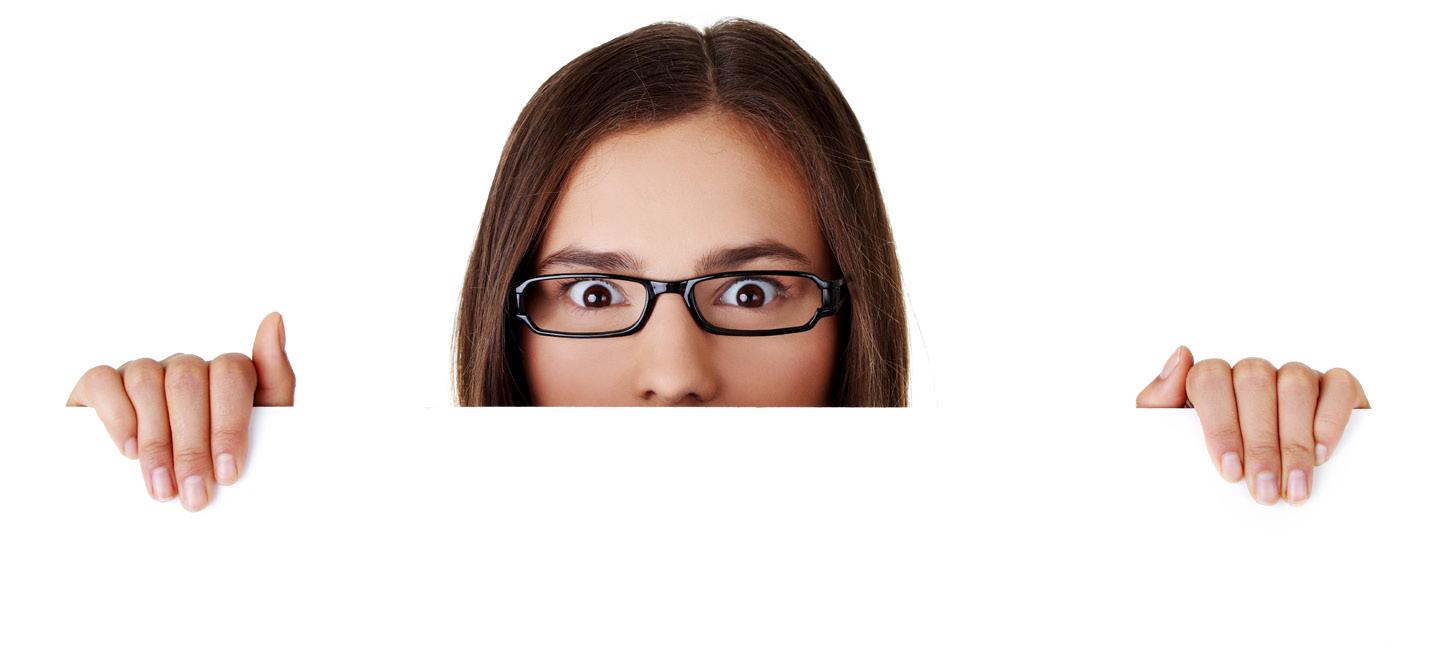How to sell to an art gallery


please look at my art an artist’s guide to selecting, approaching and presenting to commercial art galleries
Copyright 2023 View Art Gallery Ltd
The rights of View Art Gallery Ltd as author of the work has been asserted to them in accordance with the Copyright, Designs and Patent Act 1988
All rights reserved. No part of this publication may be reproduced, stored in a retrieval system, or transmitted, in any form or by any means without the prior permission of the publisher, nor be otherwise circulated in any form of binding or cover other than that in which it is published and without a similar condition being imposed on the subsequent purchaser.
Introduction

Most artists like to spend as much time as they can on their creative practice and they find marketing and selling their work an unwelcome distraction. There are many sales channels open to artists, each with a different level of personal involvement. Many artists prefer art galleries to take care of all the commercial issues. This guide offers advice on how to find the right gallery for you and how to you give yourself the best chance of representation. We have received hundreds of artist submissions over many years and have been approached in a variety of ways. We provide one perspective, other galleries will have their own preferences. By following a proven approach you will improve the likelihood of building a mutually successful partnership with a gallery.
We hope you find this guide useful and wish you luck in finding the right gallery for you and developing your art career.
3.
4.
5.
6.
1. Build a personal brand 2. Find the right gallery
Prepare a submission
Approach the gallery
Ensure it works for you
Learn from others
3
1. Build a personal brand

Before you start to sell yourself and your art to a gallery, you have to be clear on who you are as an artist - what you want to be known for. A key consideration for a gallery is whether the artist’s personal brand aligns with the gallery brand.
For the purposes of this document, we define a personal brand as a description of the artist and their work, current and aspiration. Ideally it would be something that an artist can be uniquely recognised by. If well written, this can be enticing and leave the gallery wanting more. Without structure, it can be a confused ramble that will be quickly passed over.
I’m an artist
I do art
One way of approaching the structure is to split the personal brand into three connected parts (see next page). Start with a short evocative overview and build an interesting profile by adding information and images that tell your unique story.
4
Me

A short statement describing who you are and what you want to be known for, artistically. A pitch that can be given in one or two sentences.
My Art
Details of the typical style, medium, subject, scale, plus some commentary on the narrative or context for your art. Include several images that typify your brand.
My Story
Why are you an artist? A journey through your artistic life and how it has impacted you as a person and vice versa. Focus on inspiration that is unique to you.
5
Personal brand ideas
Me
A key question to anser is, “What am I known for?” When a collector says that they own a Hockney or a Banksy, you know what type of art they have. You need to be able to describe what that means for you. Two examples that have clarity and provoke interest are:
“I amacreatorofanthropomorphicbronzesculpturesthattell fantasticalstoriesandresonatewithcurrentdayissues.Mywork simultaneouslyevokesbeautyanddarkness” .
“Iamaportraitartistwho,usingtheTronistyle,createsiconicoil paintingsofmodernpeopletoreflecttheirinnerpersonality.Iwork frommodelsandmyownimagination” .
This provides an instant understanding of the artist and any potential alignment with the gallery.
My Art
In describing your art, your passion should shine through and leave the reader excited to see the work, keen to visit your studio, and have a desire to hear and see more. The accompanying images must reflect the personal brand to support the statement. There may be a tendency to show everything you have done but, rather than impress, this will confuse. The technical competence is interesting but of more value to a gallery is the impact it will have on prospective clients, whether that be aesthetic, narrative or uniqueness.
My Story
Personal stories are a powerful tool for galleries to sell your work. Buyers usually enjoy learning something interesting about the art or artist so they can re-tell the story when showing off their art. Stories should stimulate an emotional response and, ideally, trigger a personal connection with the viewer.
6
2. Select the right gallery
If you target a gallery that typically shows your style of work then you are significantly increasing your chance of success. They may align with your subject, specialise in your selected medium, sell at your typical price range, and have the right space to present your work at its best. If you send a mass email to a long distribution list of every gallery you can find an address for, you may not get many replies or worse, get a bad reputation.
Any gallery, please exhibit me
Galleries like to know they are special, that you have done your research and you have selected them as a potential partner. If you can refer to a visit to their space, information from their web site, or a reference from one of their artists, then you already have their attention. If you pay them an informed compliment about their space or a recent exhibition, they already like you.
Prepare some selection criteria for targeting a gallery (similar to those on the next page), and you will be ready to show a gallery why they should be interested in you and your art.

7
Have you done the research?
Visit websites, go to galleries, search social media, read reviews, speak to exhibiting artists. This will inform your decision on who to approach and it will impress the gallery. Showing an interest and understanding of your future partner is the first step to building a good relationship.
Does your art match their style?
Establish whether the gallery exhibits your kind of art. Have they ever shown your style of work, do they specialise in any particular medium, can they accommodate the scale, are they loyal to a particular region? Who are their most frequently exhibited artists?
Does your personal brand match the gallery’s?
The art is the most important factor in the gallery’s selection process, but the artist comes a close second. It is useful to have synergistic stories and an artistic connection. You need to know that you will be represented in a way that will show you at your best and that you will be able to work together.
Is location an issue?
A practical issue to consider - are you prepared to travel? The gallery will want to meet you and maybe visit your studio. You will need to transport art which, if on a sale or return basis, represents a potential financial loss. Over time, the gallery may pay for expenses but initially, the risk is likely to be yours.
Does it feel right?
Gut feeling, instinct, first impressions... these are often right. Art is subjective, full of different opinions, tastes, inspirations and emotional responses. If the gallery feels right, it probably is.
8
3. Prepare a submission

Got any space? my art’s great
There are several ways of preparing a submission and much depends on your appetite for risk. We have had some highly innovative submissions that have been successful. Equally, we have made some early rejections based on an attempt to create an immediate impression that backfired. Unless you are a high risktaker with fresh ideas for making a submission, then we suggest one of two more standard approaches.
Firstly, if a gallery has a standard submission process then it’s easyfollow it. If they haven’t made this clear on their website then a quick message, visit, or call to ask for their preferred appraoch will help, without taking much of their time. If it’s still not clear to you then another way of preparing a submission is to follow these guidelines (next page), which will satisfy most galleries.
A quick word on writing style. It must reflect your personal brand and we also recommend following some simple guidelines - clear, concise and consistent (look up the 3Cs of communication).
9
First contact
• electronic methods are most common, but sometimes a hand delivered pack can be good to attract attention (or use both).
• start with the introductory statement and use the content from your personal brand to describe you and your work.
• include a sentence on why you have chosen the gallery and demonstrate that you have done some research.
• ensure the artwork images are relevant (to your brand) and of good quality. This is where the first judgement will be made.
• include relevant links - website, exhibitions, social media.
• create some polite urgency e.g. I’m looking for a gallery to exhibit my new collection in the latter part of this year.
Meeting
• suggest scheduling a meeting, subject to there being interest in your work. This could be at the gallery or at your studio.
• prepare a portfolio of work that focuses on your personal brand. It is ok to have work of other styles in reserve in case more is requested. Photos of recent work sold or in exhibitions is a great addition, demonstrating a demand for your work.
• spend an equal amount of time speaking and listening. Gauge the interest and respond to things that are grabbing attention.
• be authentic, any pretence will impact a long-term partnership.
• show enthusiasm to be represented but also drop hints of other gallery interest. Be confident not arrogant, be enthusiastic not desperate.
Follow-up
• if you have been successful then you simply follow the guidance of the gallery, although try and dictate the pace that suits you.
• if there has been no response then a polite message after a few weeks would be appropriate. Add something new, such as images of new work or information, to show dynamism.
• always ask for honest feedback and act on it. Rejection is hard, but its not always permanent, keep trying.
10
4. Approaching a gallery
STOP what you’re doing - look at my art!
It may seem common sense to follow these guidelines when approaching a gallery but it is amazing how many times people don’t. This is usually through over-enthusiasm or naïvety, occasionally through ignorance or arrogance.
• don’t engage with a gallery at a time when they are trying to sell to clients, particularly at a private view; acknowledge their precious time and ask how and when they like to be approached.
• galleries like confidence but not arrogance or desperation; they need to believe you’ll be easy to work with.
• it’s not all about you - be passionate about your art, but also show an appreciation of the gallery’s ways of working and an interest in a mutually beneficial partnership.
• don’t ever be rude or unprofessional - it’s a small (art) world and this may affect your chances elsewhere.
• try something innovative to grab the attention and be memorable, be careful not to overwhelm.
• be genuine, pretence is usually obvious and uncomfortable (and check there’s nothing ‘awkward’ in your social media!).

11
You’ve selected the gallery, built your personal brand and sent in the perfect submission. Now the gallery wants to meet you.
5. Ensure it works for you a meeting... what

do I wear?
Many artists feel apprehensive about meeting galleries and, on occasions, with justification. Unfortunately, some galleries are intimidating and can appear unfriendly, elitist and judgemental. However, the gallery is now interested in you and you are a potential means to them making sales. You can now afford to be more assertive (not pushy).
For a fruitful meeting you would expect both parties to display positive behaviours: respect, interest, passion, listening, enthusiasm. You should not just be in sales mode. Asking lots of questions is likely to impress the gallery and if it is going well, they may start selling to you.
Any deal has to work for you, so be prepared. A simple checklist (see next page) will ensure you are clear about your commitments, both ways. Most important ensure you leave understanding the next steps Be positive about any proposals but don’t feel afraid to ask for some time (a day or two) to think about it.
12
1. What promotion and advertising do you do for exhibitions and artists?
2. How many pieces do you typically take and how long is an exhibition?
3. Do you have a written contractcan I see a copy?
4. Do you have a strong online presence with selling capability?
5. How much commission do you take?
6. Do you do art fairs? How do you select your artists for fairs?
7. Can I exhibit with other galleries? Do you ask for exclusivity?
8. Do you think there are any potential sales opportunities to known clients?
9. What material do you typically need from artists and when?
10. What are the next steps?

13
6. Learn from others
Most artists are very happy to talk about their experiences with galleries and advise on what has worked well for them, or not. If you don’t know any exhibiting artists with gallery representation then search for a few whose work is similar to yours and contact them on social media. There is no single right way of starting a career as a commercial artist so we recommend that you speak to as many artists as you can and take the good bits from each.
please be my mentor
From our experiences of artists, the most common mistakes are:
• not taking time to research the gallery, we like to feel special
• not having prepared a portfolio and personal brand material

• approaching us at an event when we are focusing on clients
And the winning behaviours are:
• listening to feedback and being flexible and resilient
• referencing other artists that have recommended you/us
• showing confidence and drive, without being arrogant
Our best advice is that whatever you do, you must feel comfortable that it reflects the real you. Honesty is the best way of presenting yourself and will result in the best gallery relationship.
14




viewartgallery.uk contact@viewartgallery.co.uk
thank you for reading


viewartgallery.uk
















